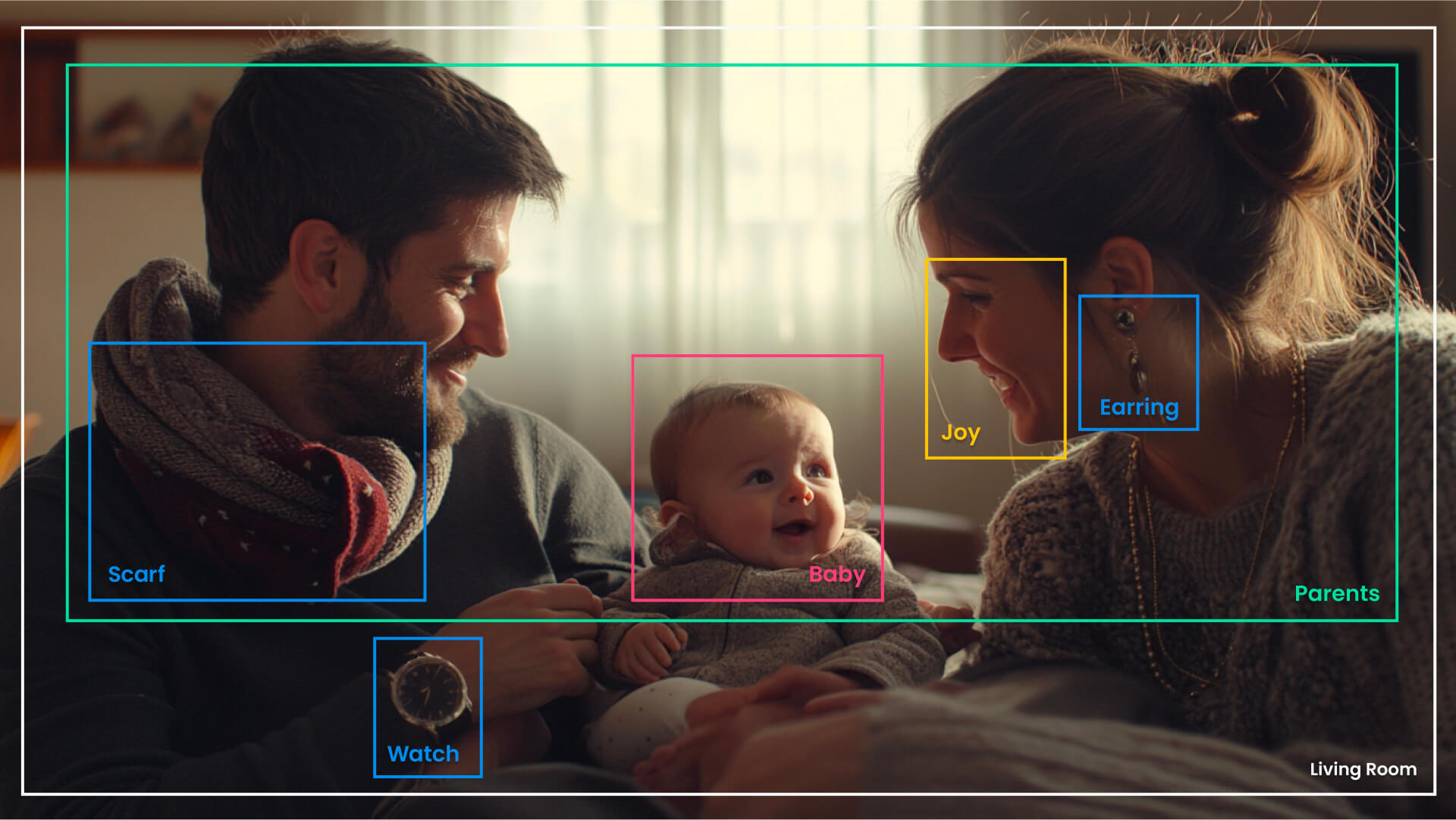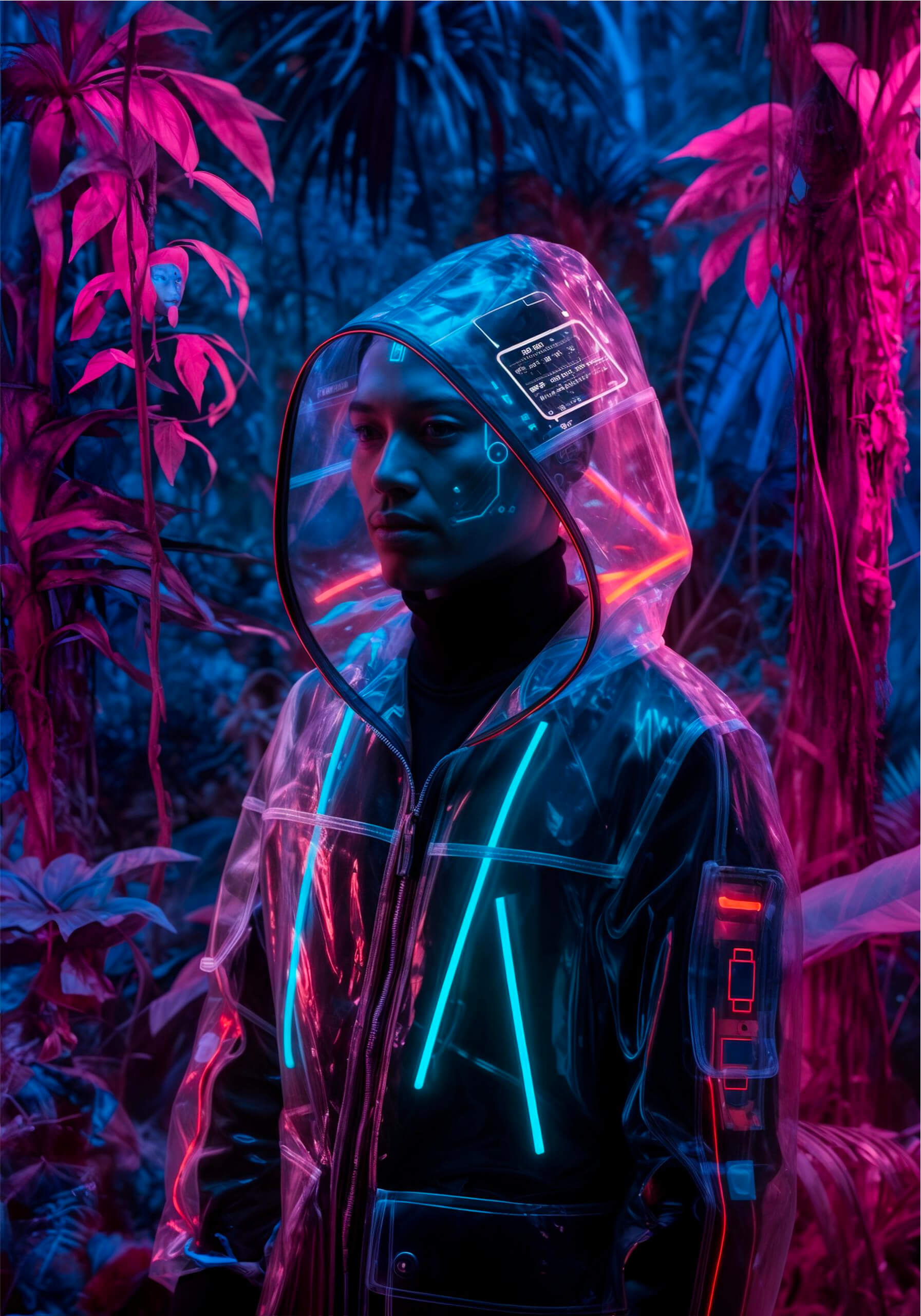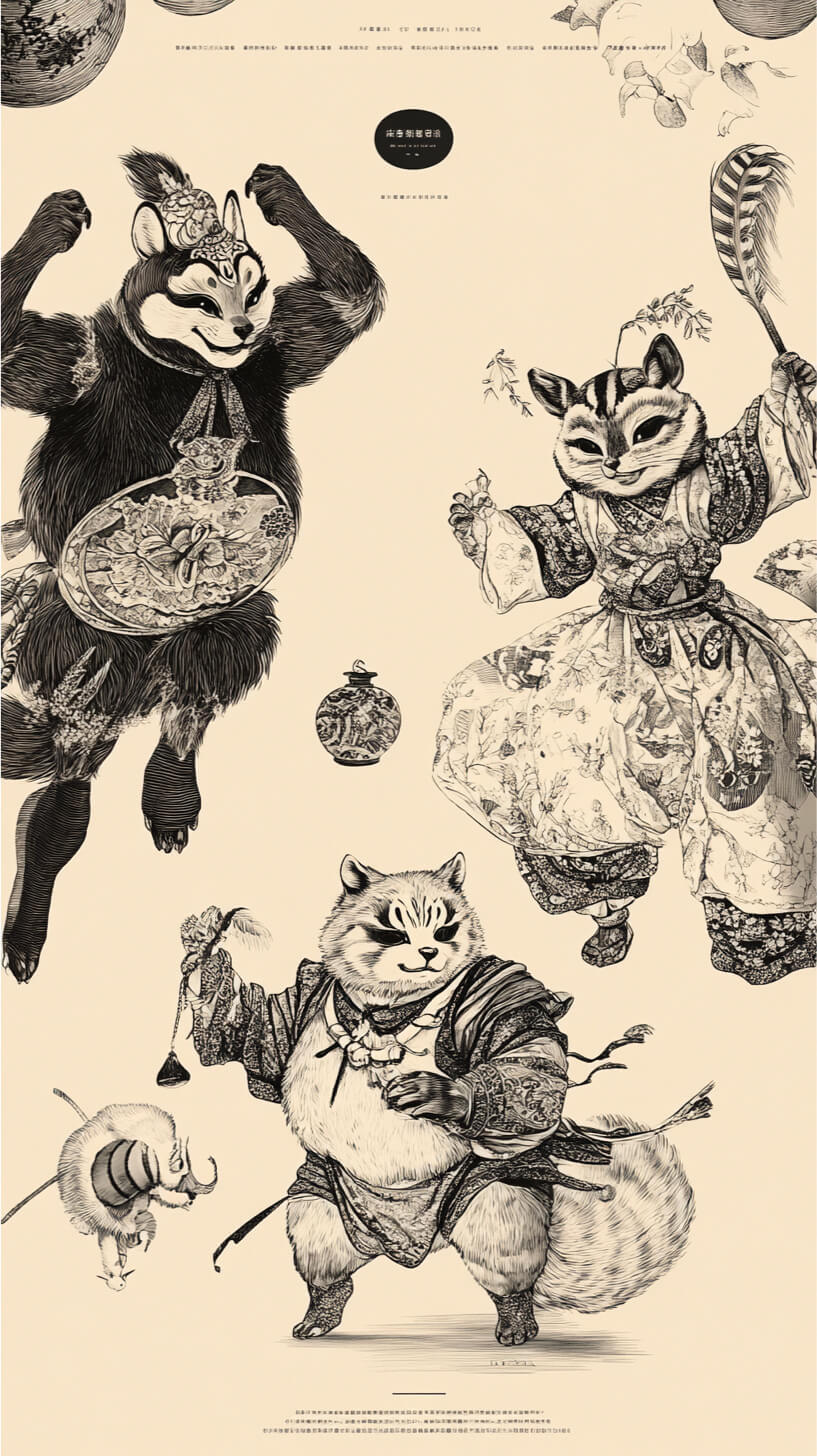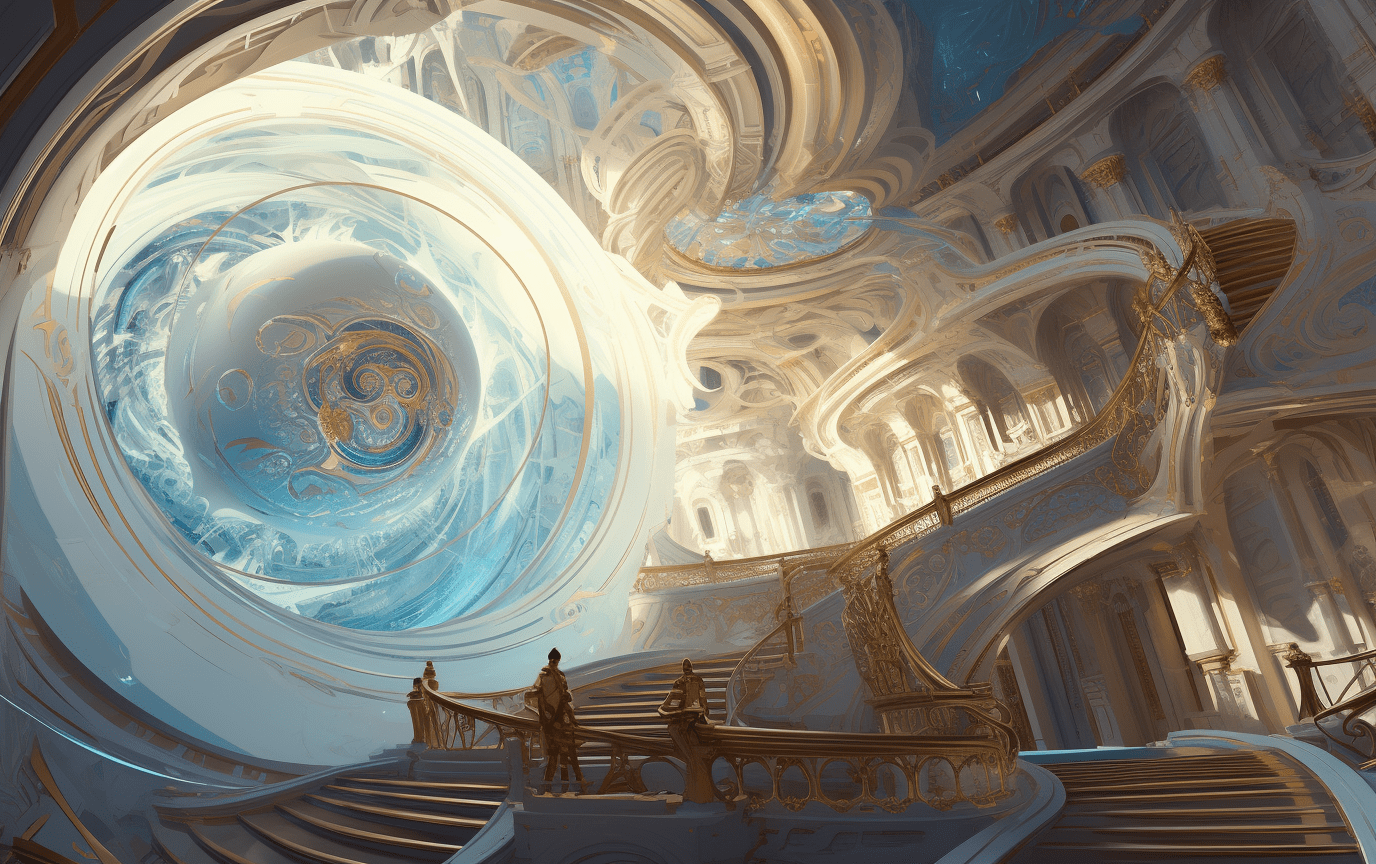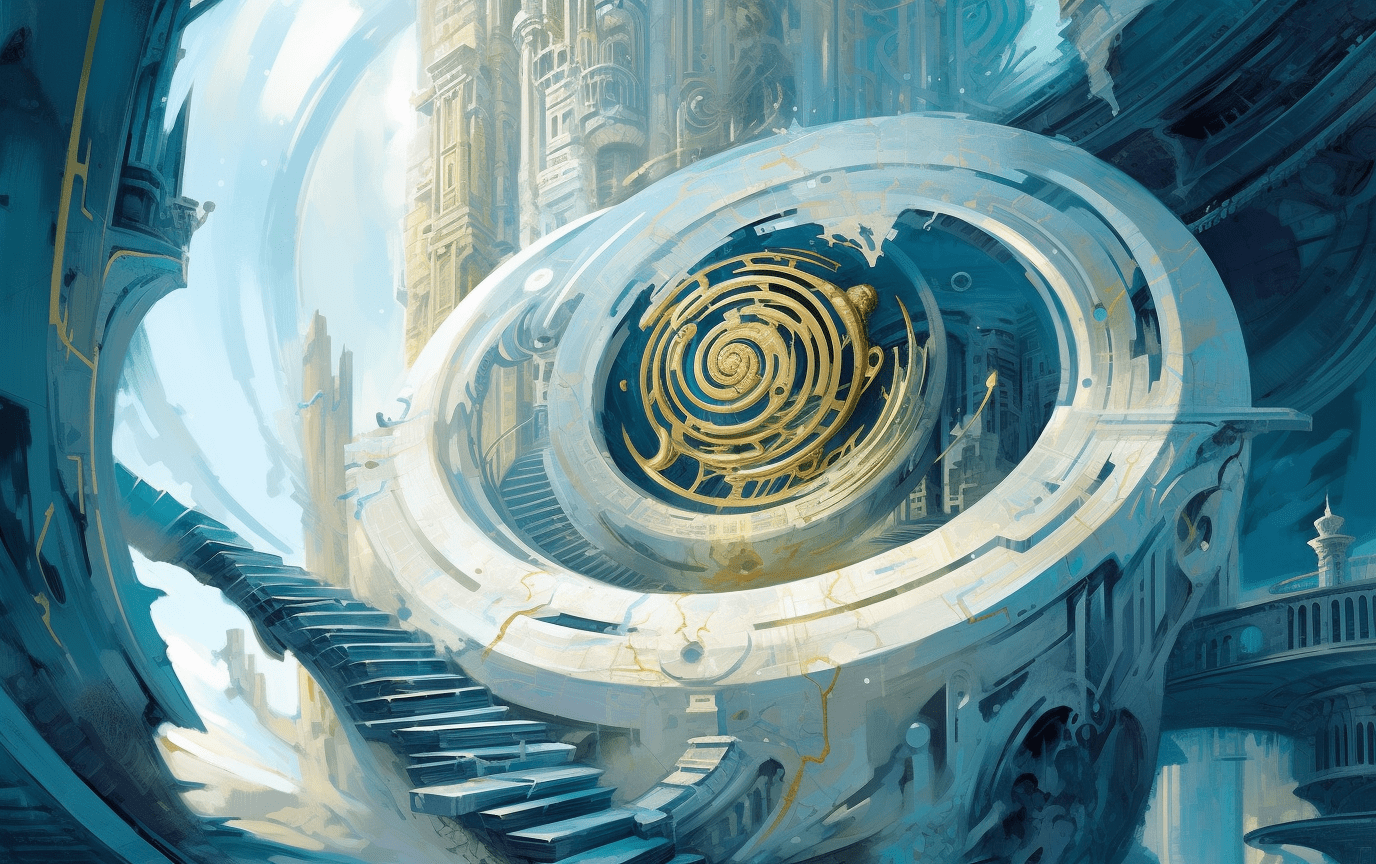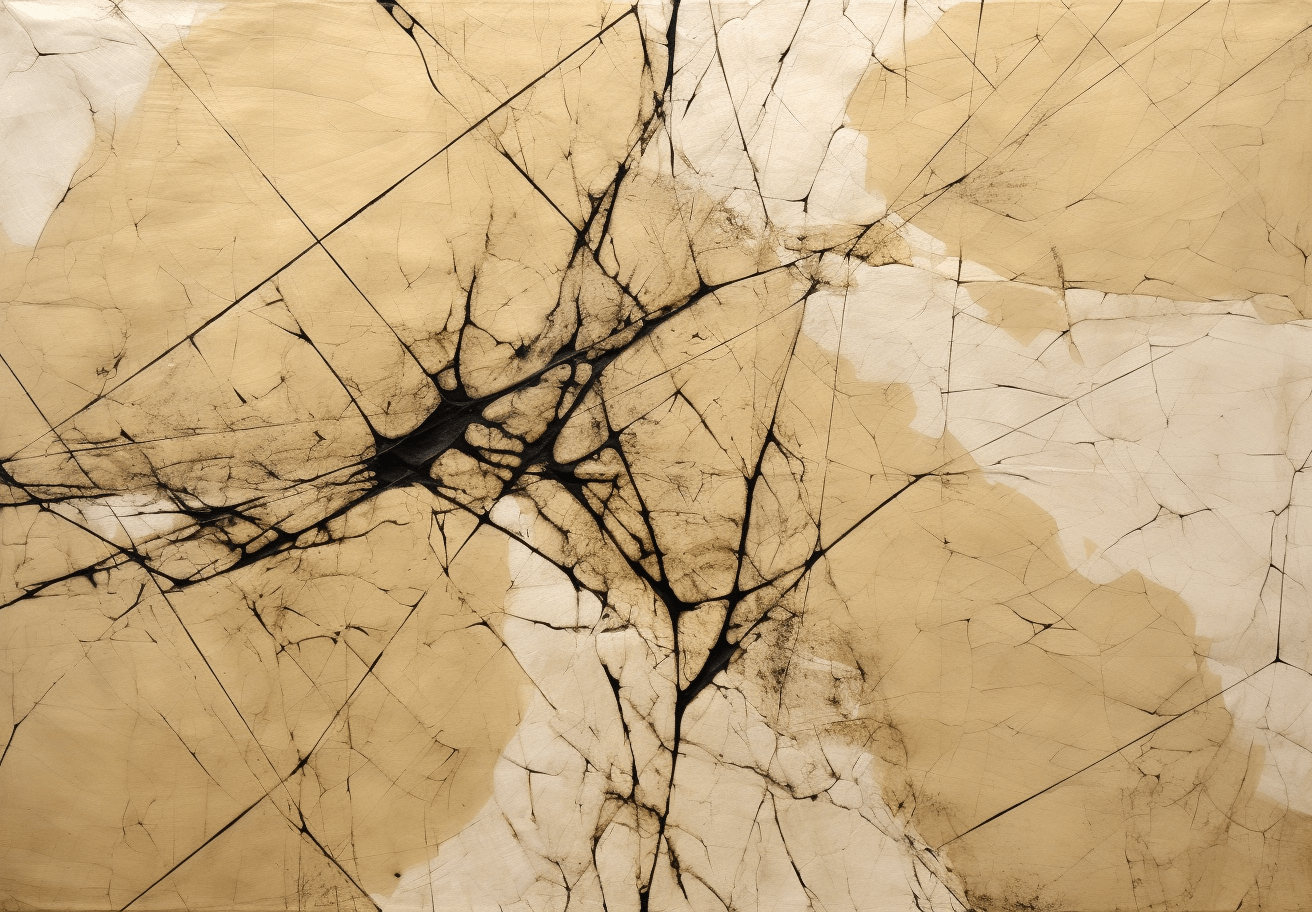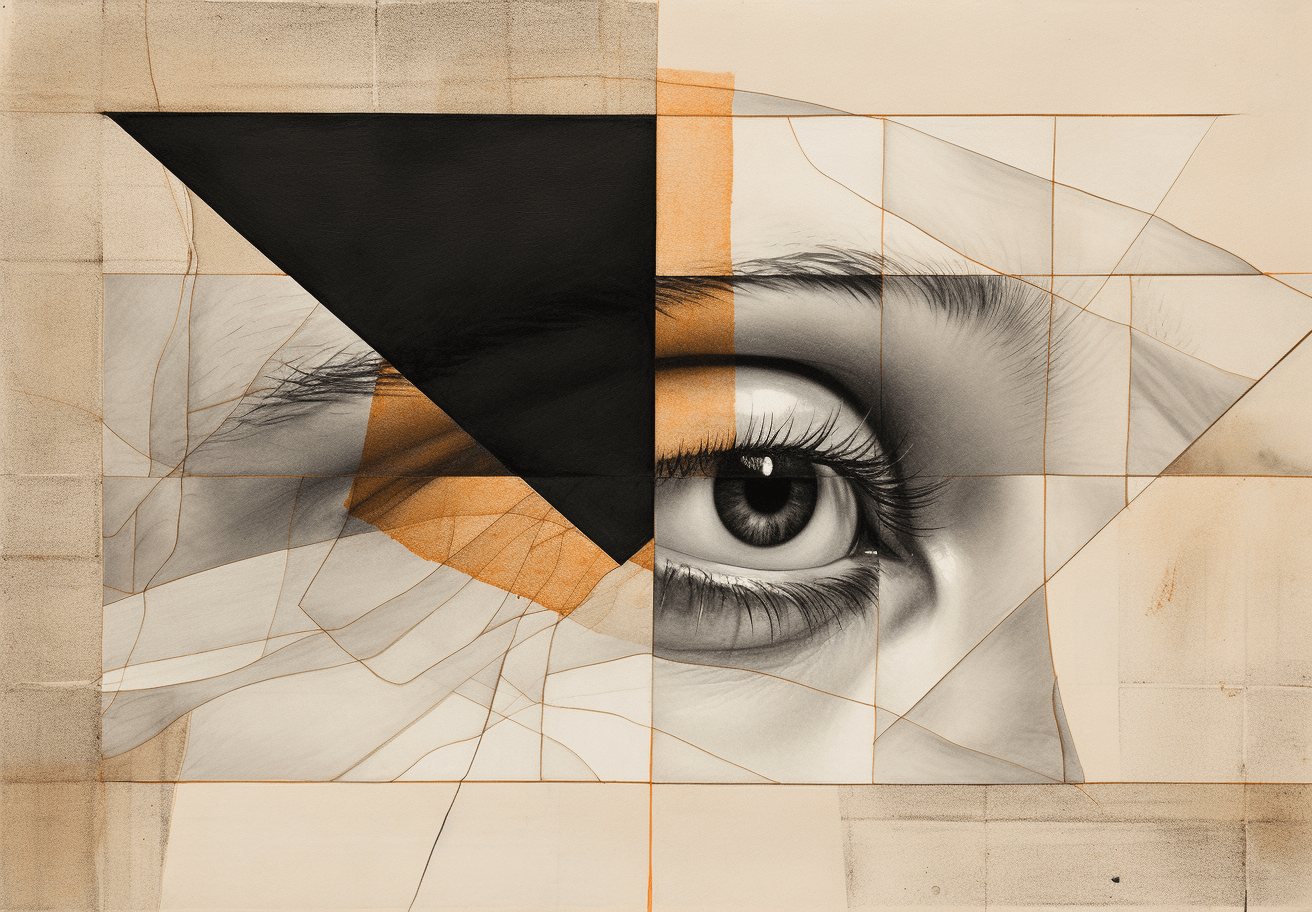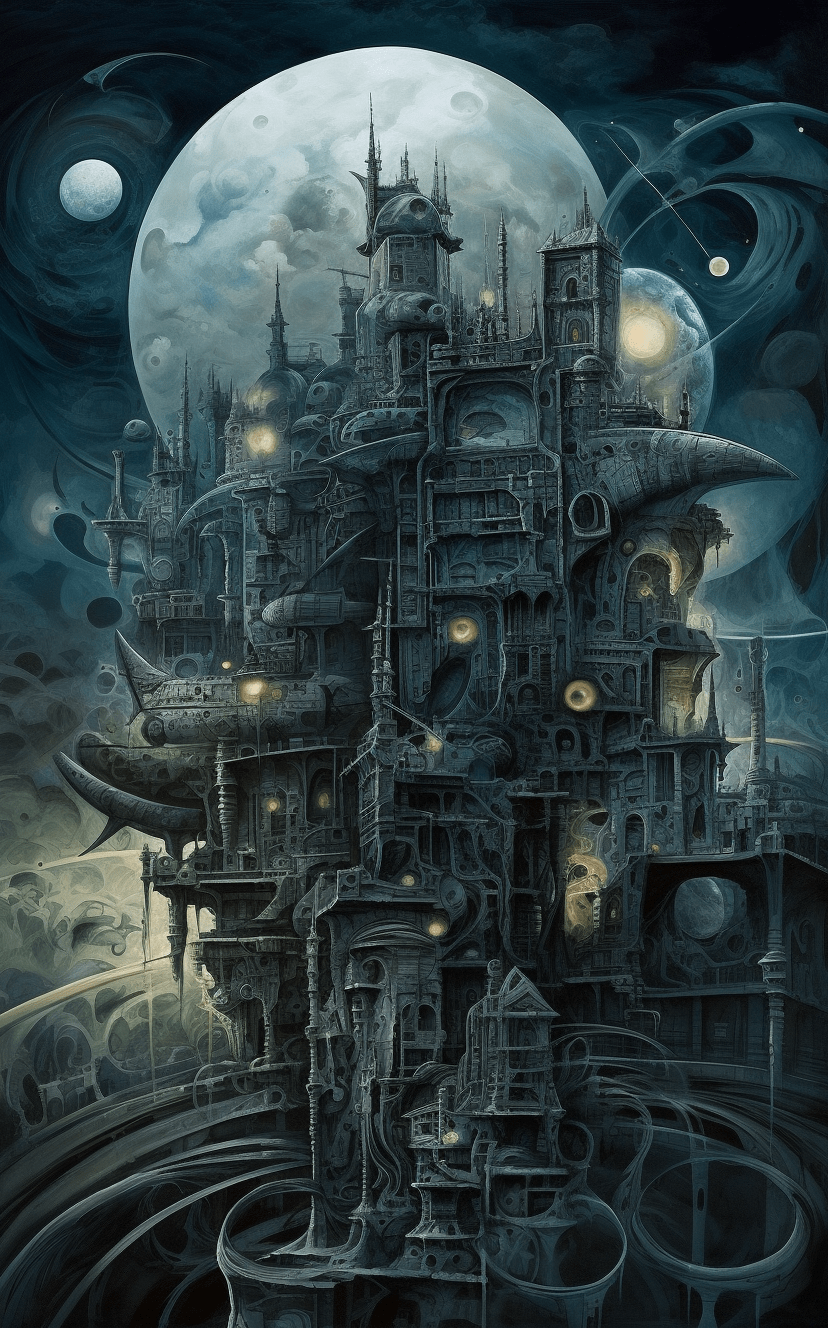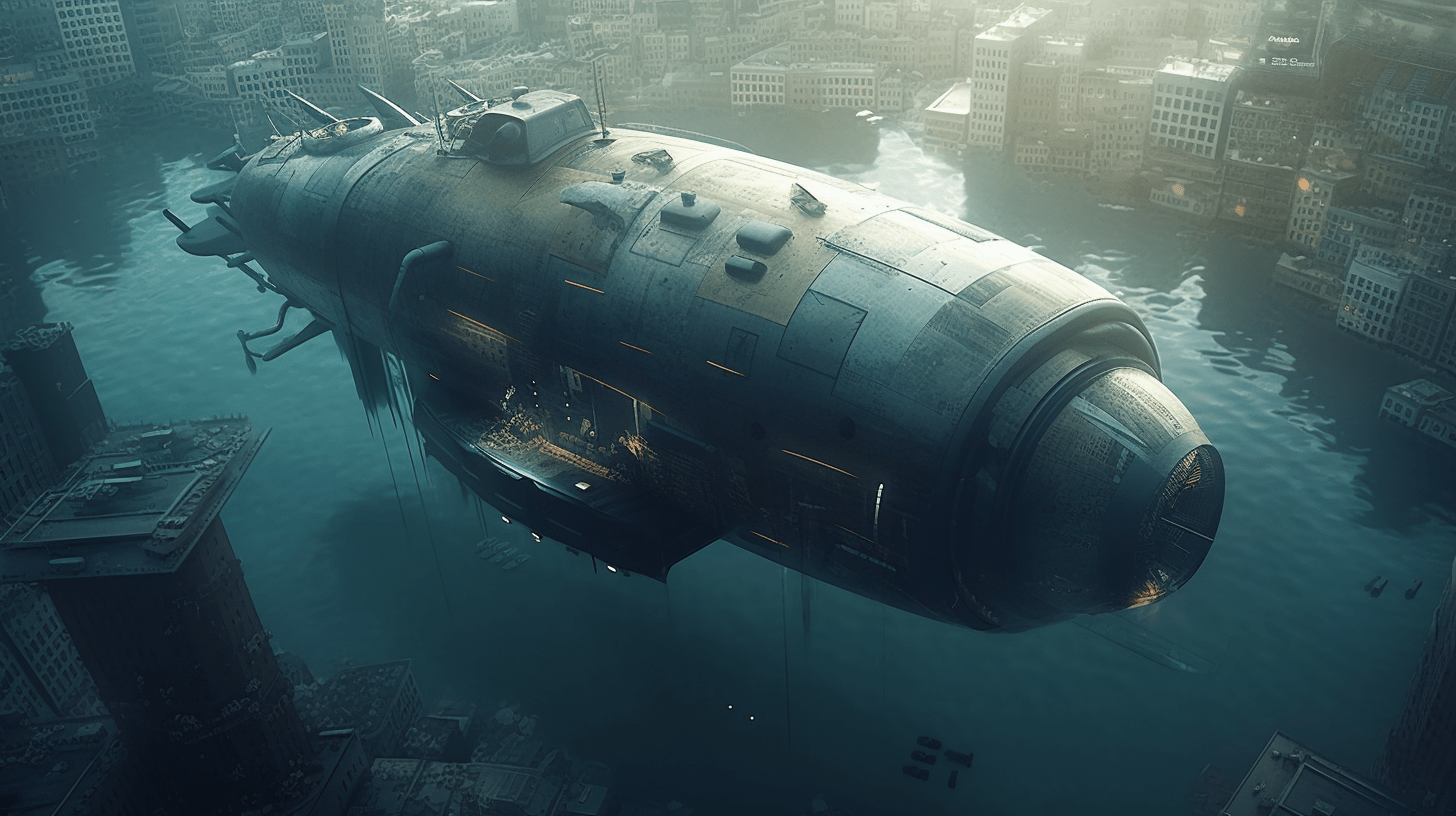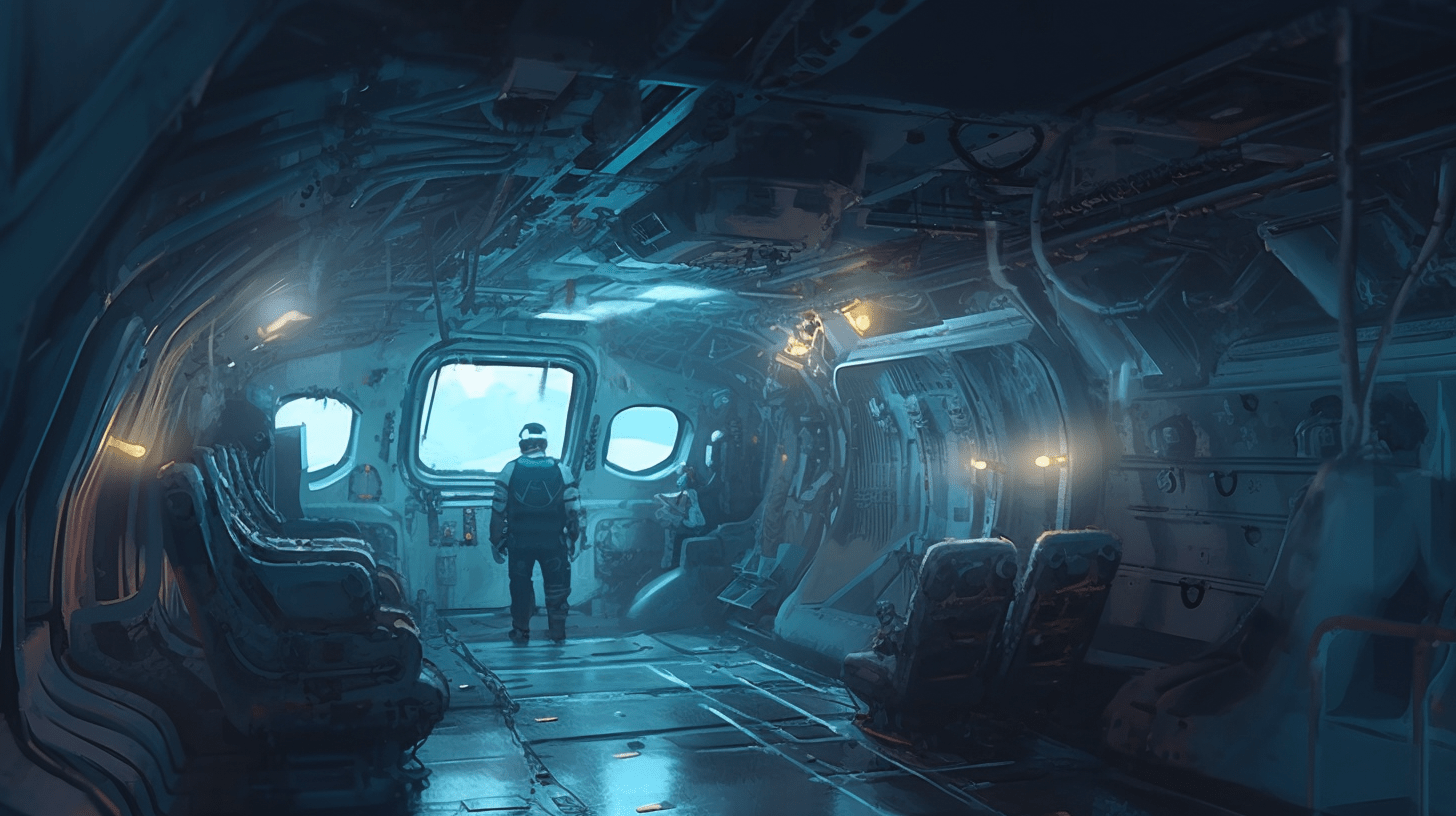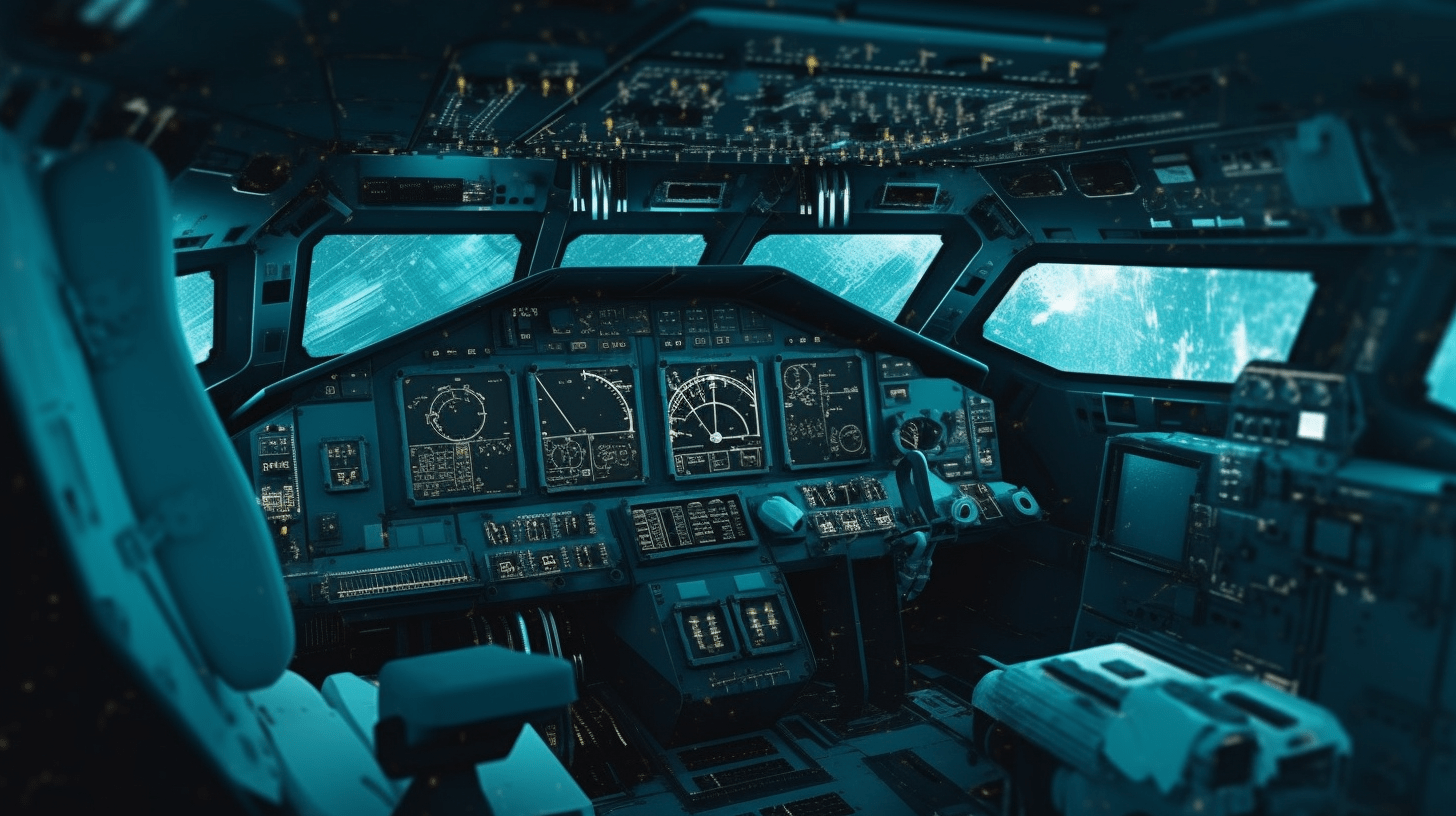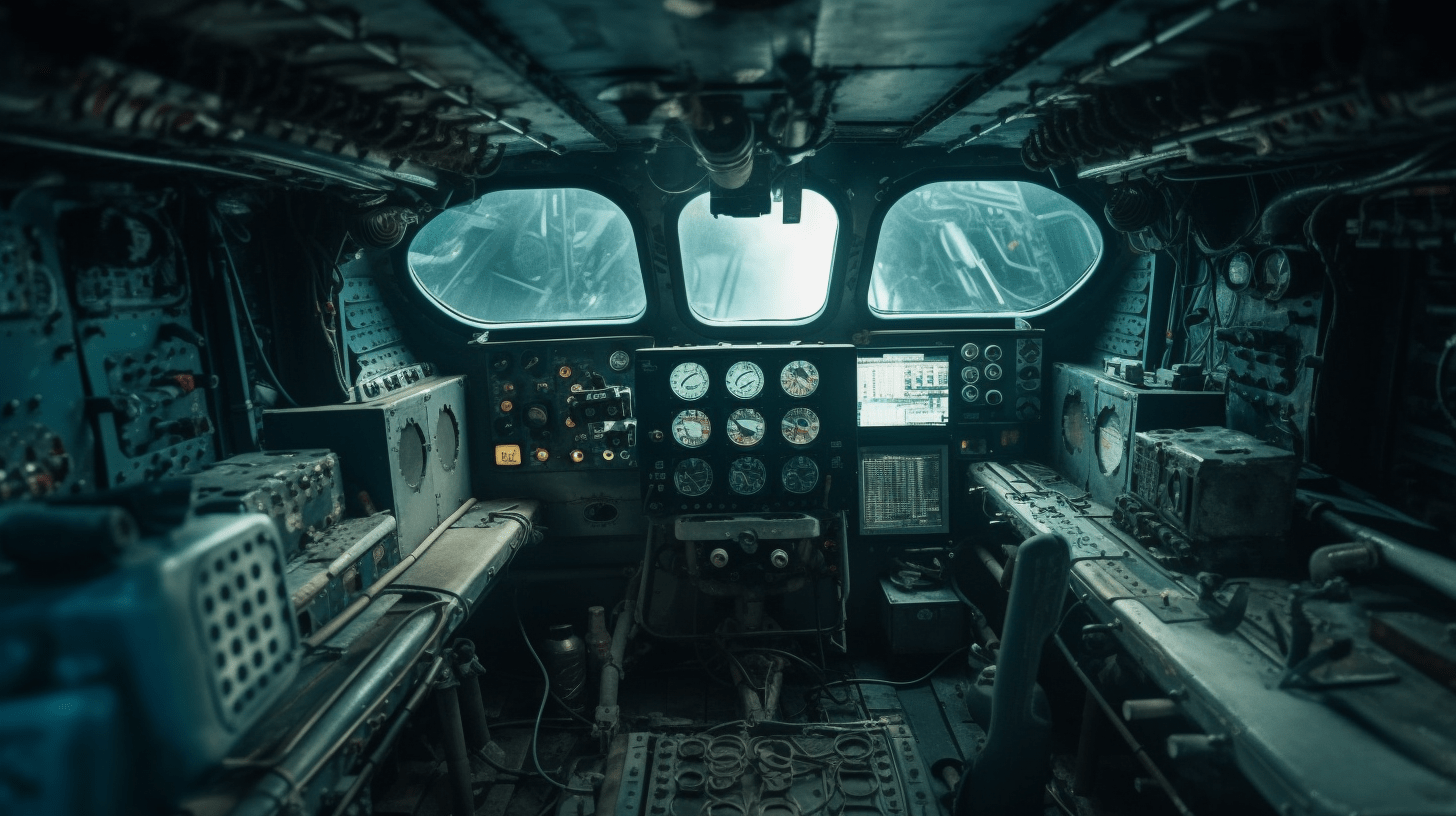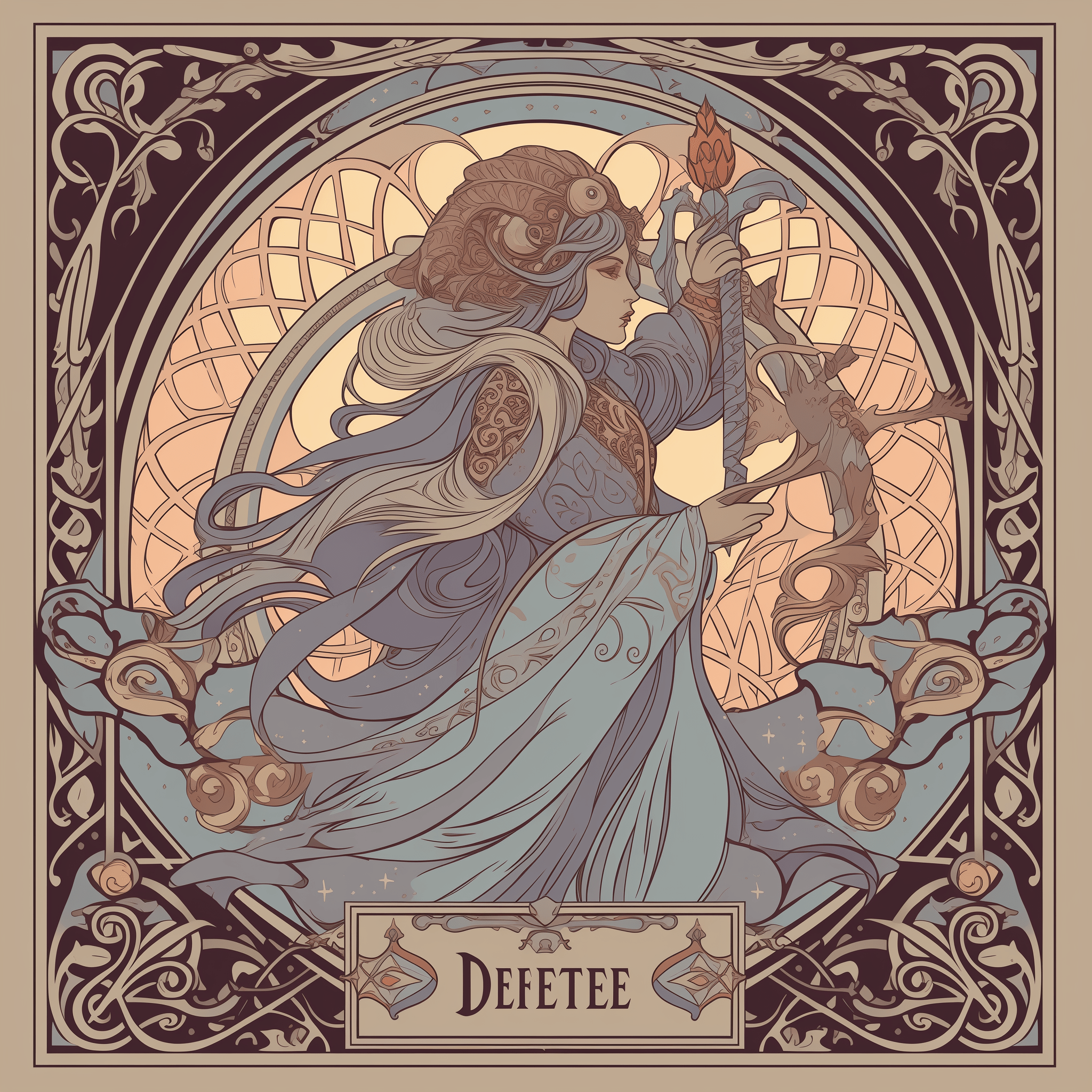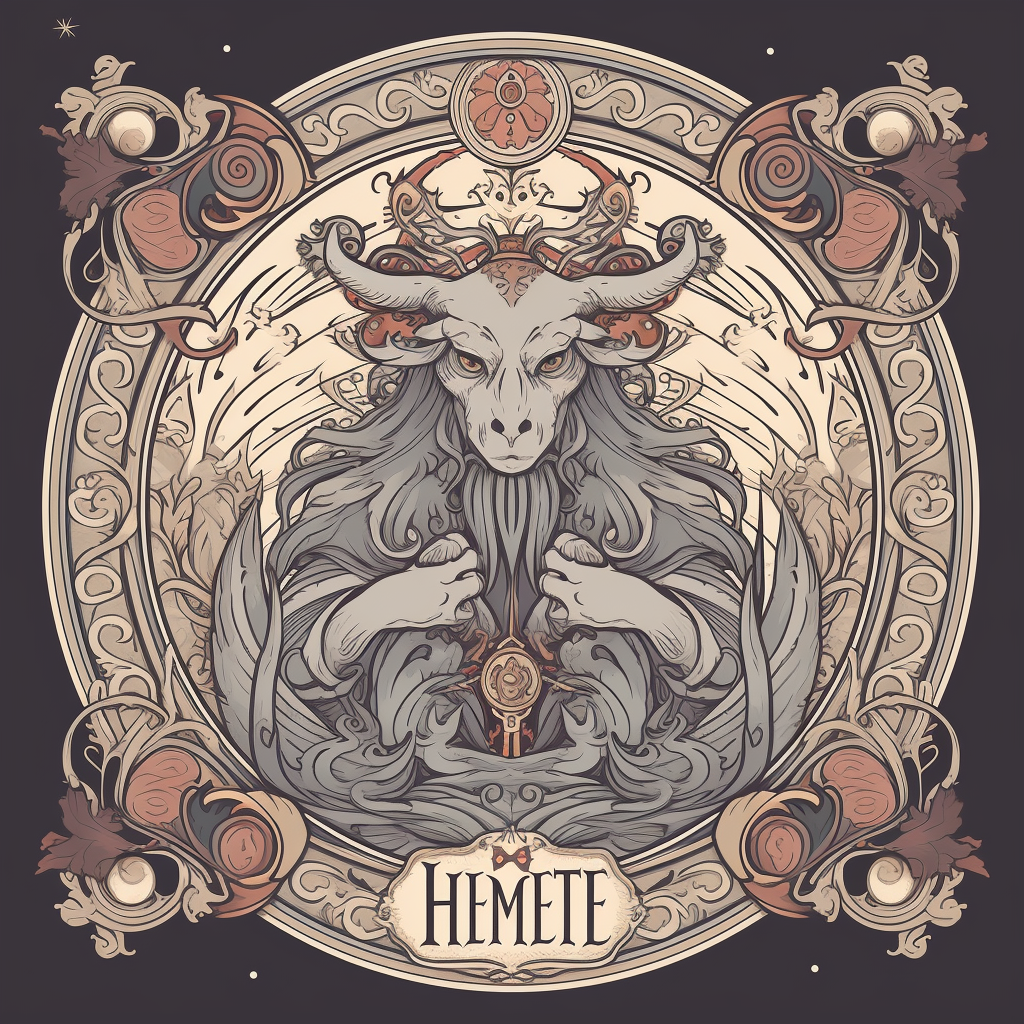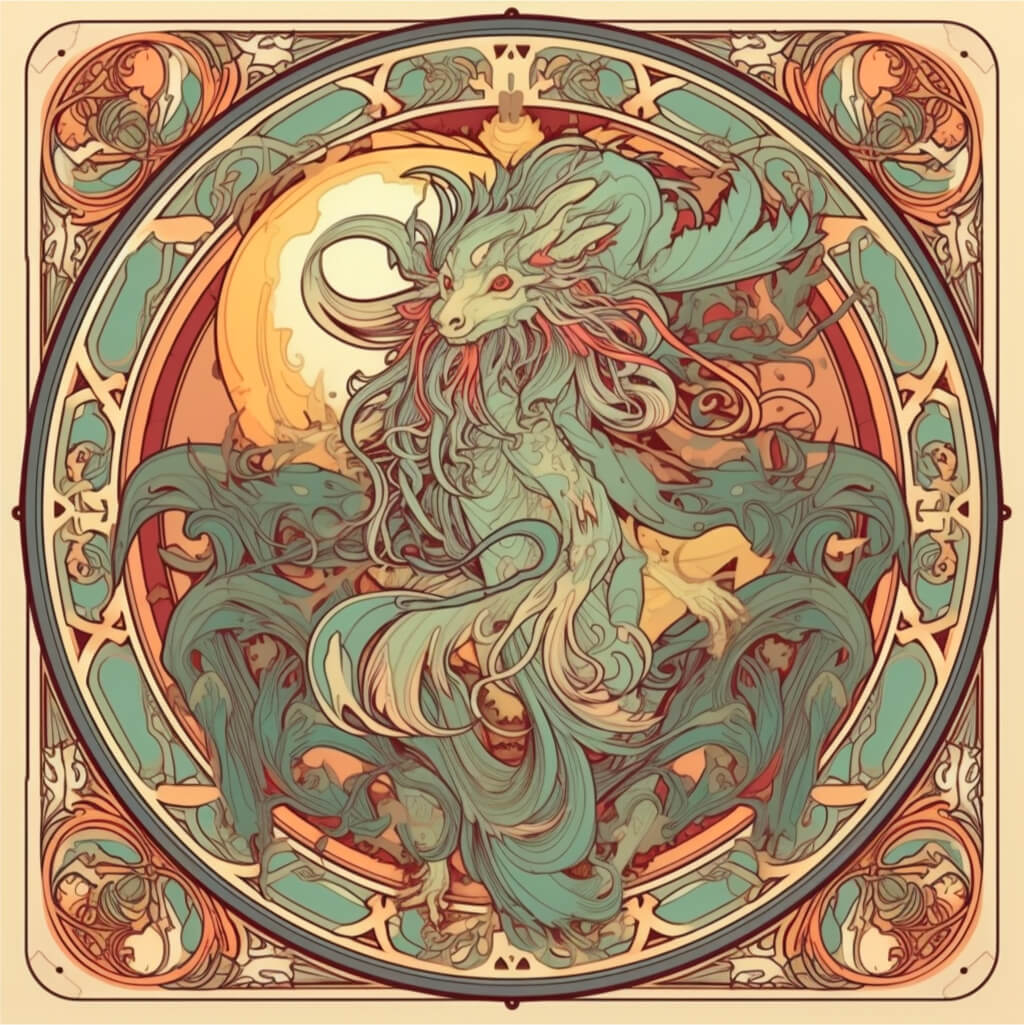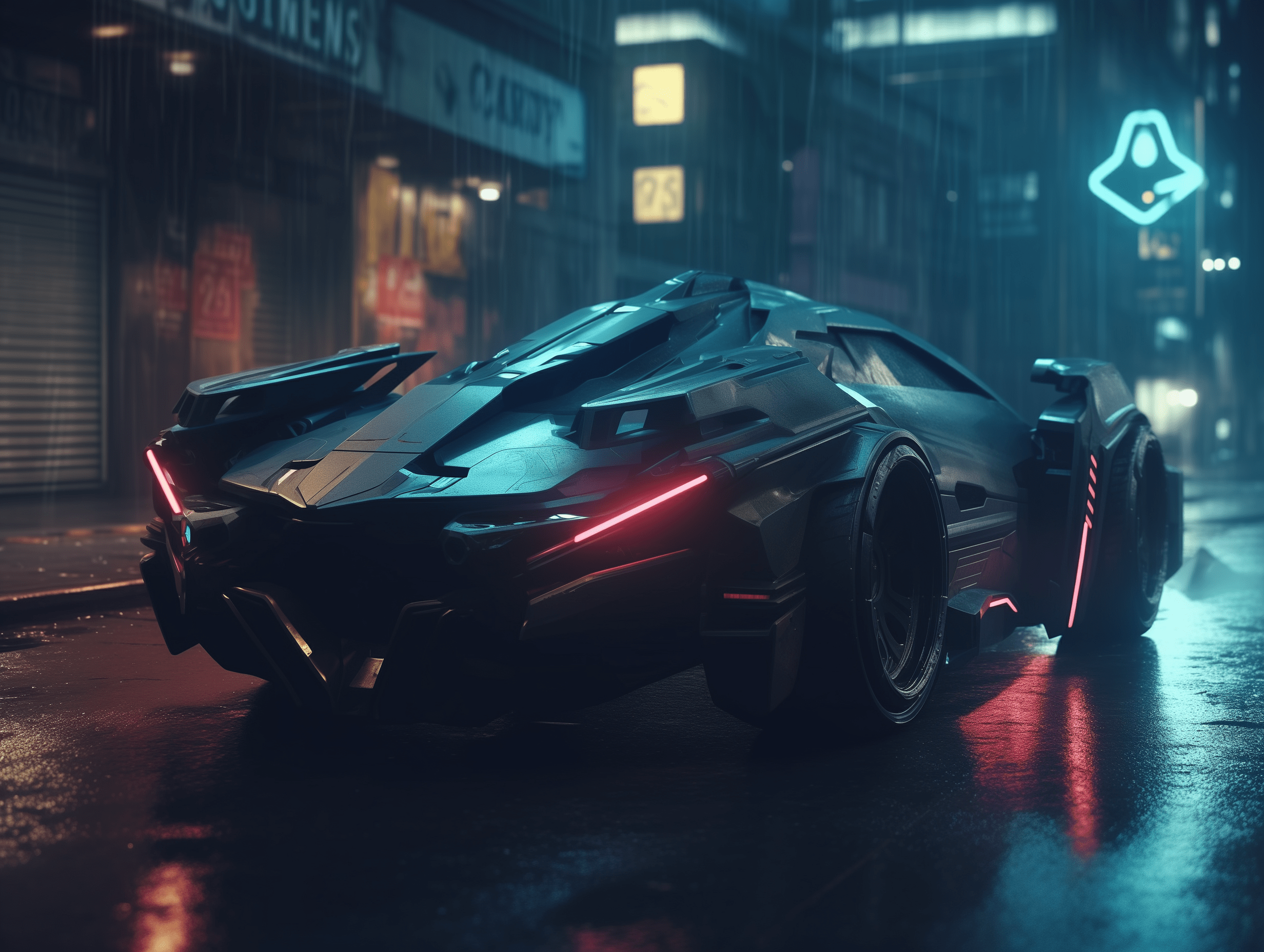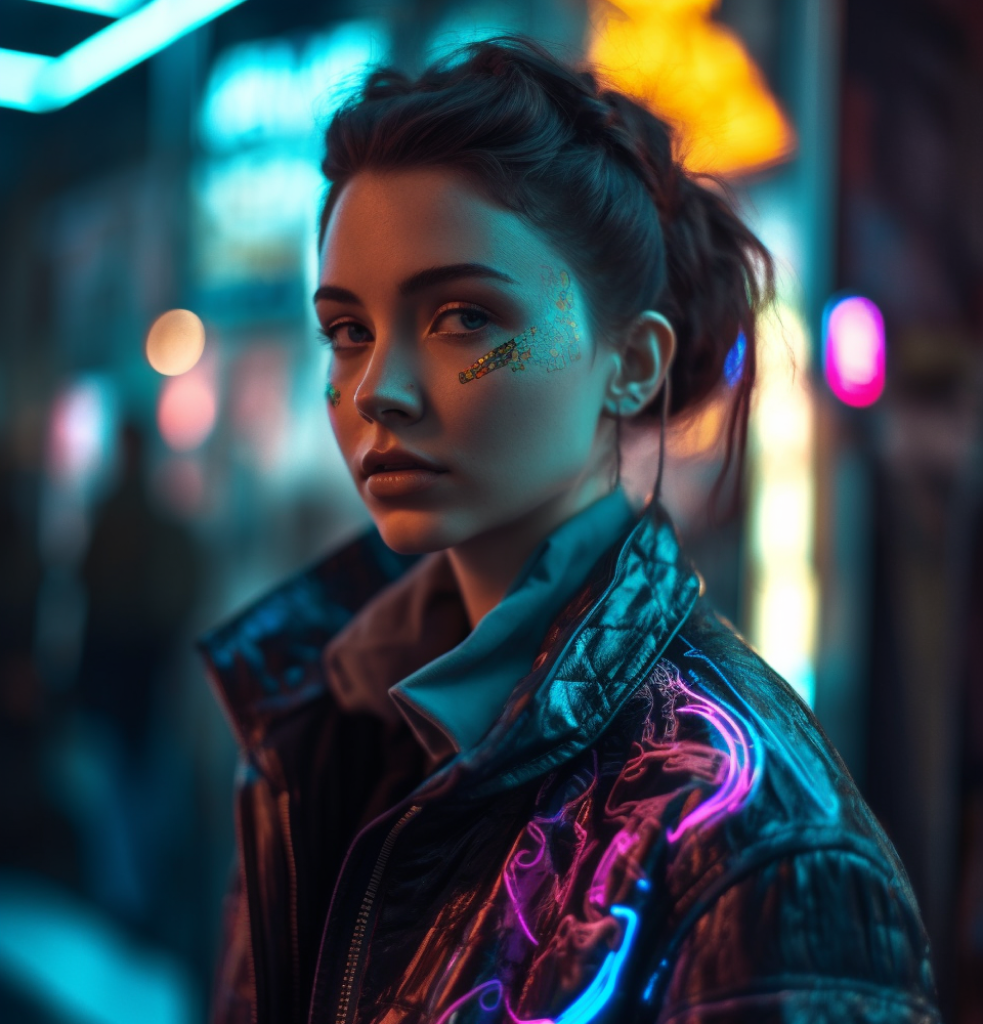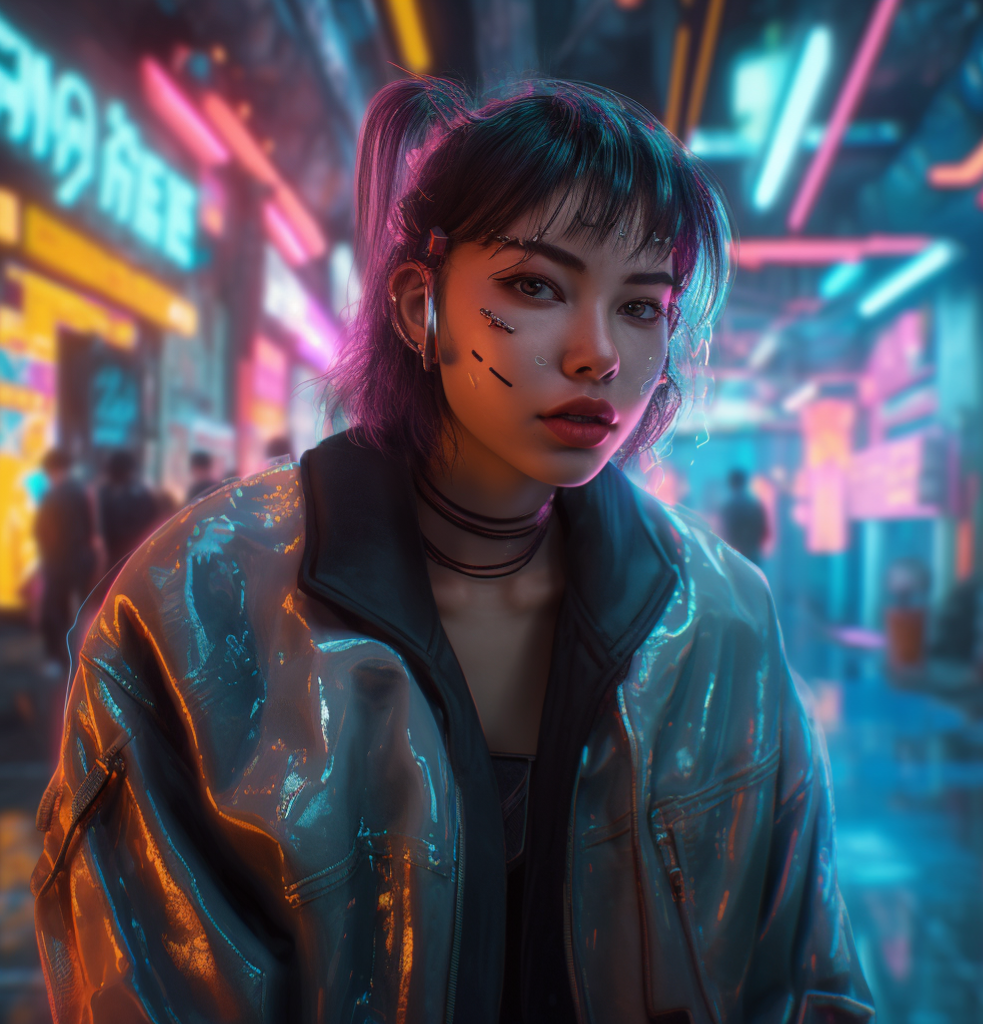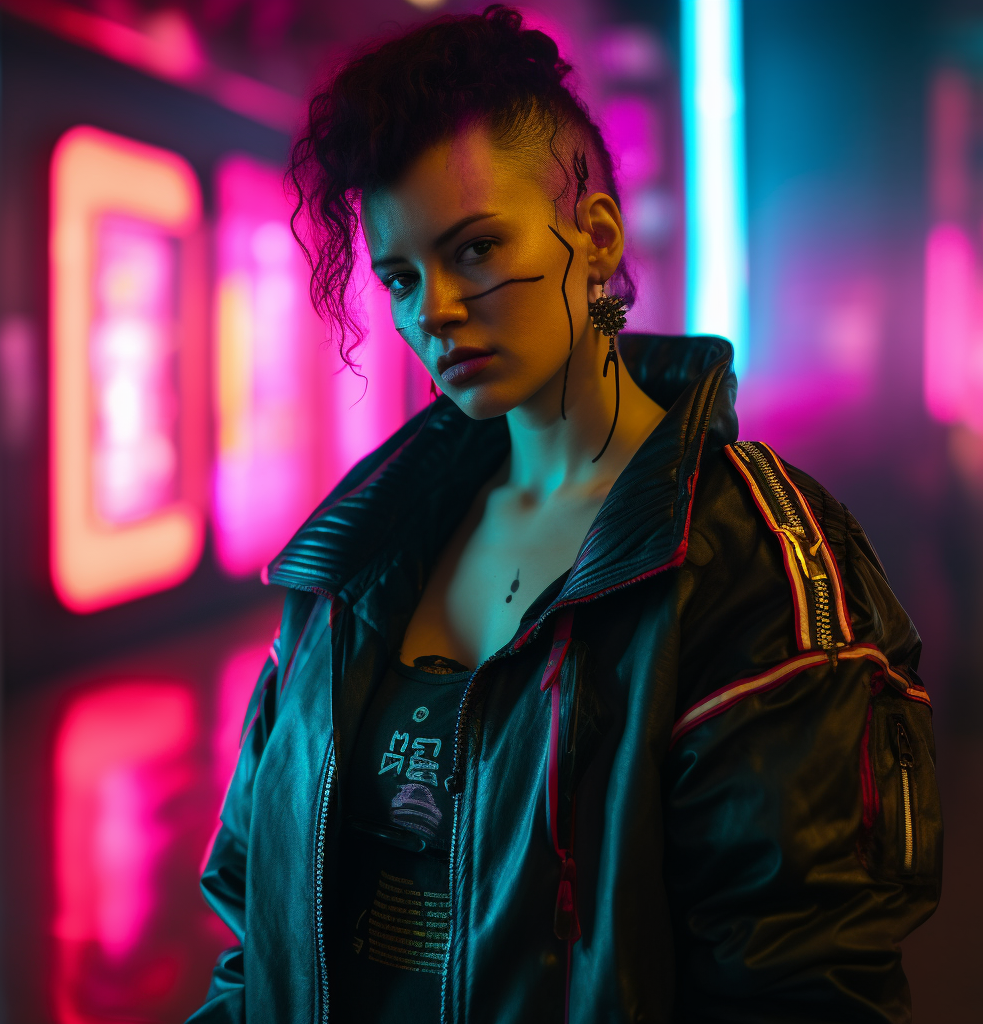AI's Impact on Processes, Products and Design
AI's Impact on Processes, Products and Design
As every significant technological breakthrough, AI will not only improve existing workflows but also introduce fundamentally new processes and products that transcend linear improvements. The commoditization of AI and the emergence of new use cases will replace current processes and products and disrupt the last decade of incremental change.
The next years will be defined by a new speed in ideation and iteration, headed by designers who work with AI to drastically reshape the creative process from idea to delivering tangible value for business and users.
Progress Is Inherent
to Human Nature
Progress Is Inherent
to Human Nature
Progress is Inherent
to Human Nature
The Role of Product Design
in an AI-Driven World
The Future of Product Design
in an AI-Driven World
The Future of Product Design in an AI-Driven World
As economic pressures and AI advancements reshape the tech industry, companies are recalibrating their expectations towards individual contributors. The new mandate doesn’t just reiterate goals of higher output, efficiency, and profitability. Driven by new constraints around what is possible, AI challenges organizations to reimagine roles and position individuals as key drivers rather than passive participants in a technology-led evolution. It’s no longer only about doing more with less—it is a fundamental shift in how work itself is conceptualized and executed.
In engineering, large language models (LLMs) are redefining productivity, with engineers increasingly serving as curators who oversee and refine AI-generated outputs. Product design likewise is set to be redefined by AI—not through artifact automation, but by empowering designers to extract insights and steer innovation. Designers will evolve beyond tactical execution to become orchestrators of a more intelligent, data-driven design process. This new era calls for creative, autonomous individuals who can deliver cohesive end-to-end user experiences while maintaining systemic alignment across multiple projects.
The future of product design is not a supporting role, it is a leadership role. Designers will serve as strategic visionaries, addressing complex business and technical challenges with purpose-driven, impactful solutions. This shift has long been embodied by top designers, and AI will accelerate demand for this T-shaped, adaptable talent to define the new playing field on which we discover and build exceptional products.
AI Case Study / Contextual Ad Placement
Challenge
Television and streaming are challenged by a thematic misalignment between content and commercials. Interrupting programs with generic ads can break immersion and lead to disengagement and channel switching, overall lowering the conversion rate.
Solution
By leveraging AI to analyze real-time content and identify key elements like emotions, actions, and locations, contextual ad placement can connect advertisement more naturally to content and create a more frictionless and engaging viewing experience. A contextual approach could increase conversion rate and the competitiveness of ad slots, opening up an opportunity for dynamic monetization similar to live auctions in Google Ads.
By leveraging AI to analyze real-time content and identify key elements like emotions, actions, and locations, contextual ad placement can connect advertisement more naturally to content and create a more frictionless and engaging viewing experience. A contextual approach could increase conversion rate and the competitiveness of ad slots, opening up an opportunity for dynamic monetization similar to live auctions in Google Ads.
AI Case Study / Employee Onboarding
Challenge
Creating an engaging onboarding experience can be a challenge for businesses, particularly when introducing new employees to information-dense content. The cognitive overload can result in reduced engagement, limiting the retention of information and prolonging the onboarding process.
Solution
Leveraging Google Notebook, I converted the design process used by our teams into an engaging podcast format. While by no means perfect, this approach shows a promising outlook into making complex information more accessible. The higher engagement rate boosts information retention while improving the overall quality and efficiency of the onboarding experience. To celebrate the rollout of our new design process across all of our product teams I created an accompanying song.
Leveraging Google Notebook, I converted the design process used by our teams into an engaging podcast format. While by no means perfect, this approach shows a promising outlook into making complex information more accessible. The higher engagement rate boosts information retention while improving the overall quality and efficiency of the onboarding experience. To celebrate the rollout of our new design process across all of our product teams I created an accompanying song.
Tomorrow's Skillset
Tomorrow's Skillset
The Future of Product Design
in an AI-Driven World
The Future of Product Design in an AI-Driven World
Prompt engineering is an emerging skill that builds upon our ability to articulate ideas—to pull the abstract from the aether and refine it into something clear and tangible. Design's core skillset is the rendering of intent, and upcoming generative AI tools are natural extention to raise our proficiency in closing the gap between what is and what could be.
The next 5 years will be dominated by creative people who understand how to transform customer focus into business outcomes and leverage AI to supercharge their workflow.
A library of experiments in prompt engineering and additive prompting across Midjourney, Stable Diffusion, and Visual Electric.
A library of experiments in prompt engineering and additive prompting.
Berlin, DE
2008–2025 ©
Berlin, DE
2008–2025 ©
Berlin, DE
2008–2025 ©
Berlin, DE
2008–2025 ©
Berlin, DE
2008–2023 ©
Let's build new futures, together.
Let's build new futures, together.
Let's build new futures, together.
Let's build new futures, together.
Let's build new futures, together.
